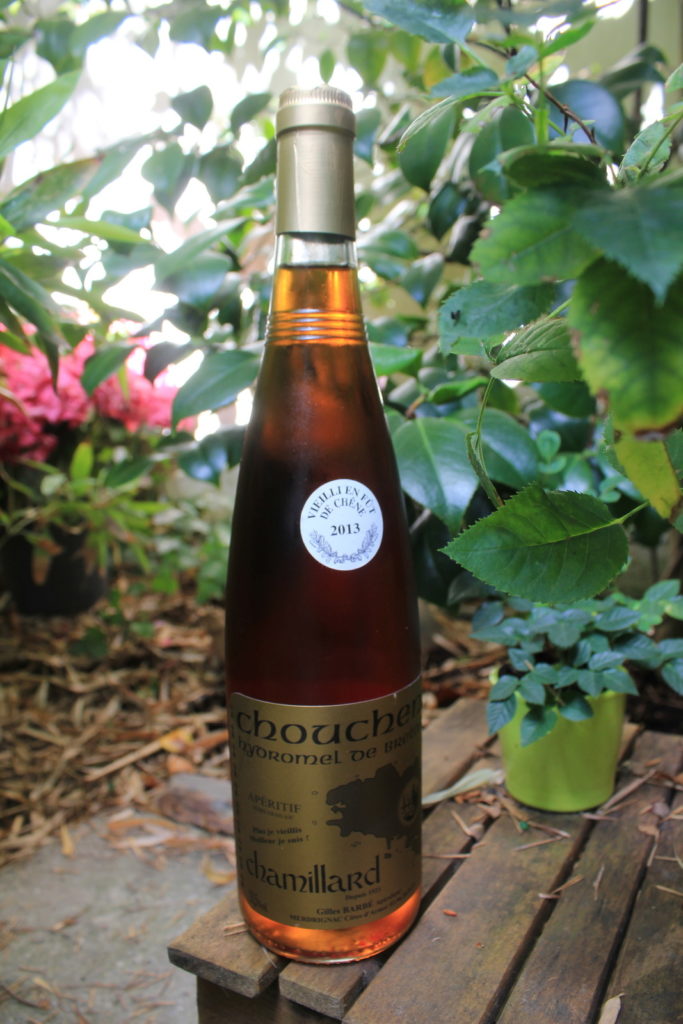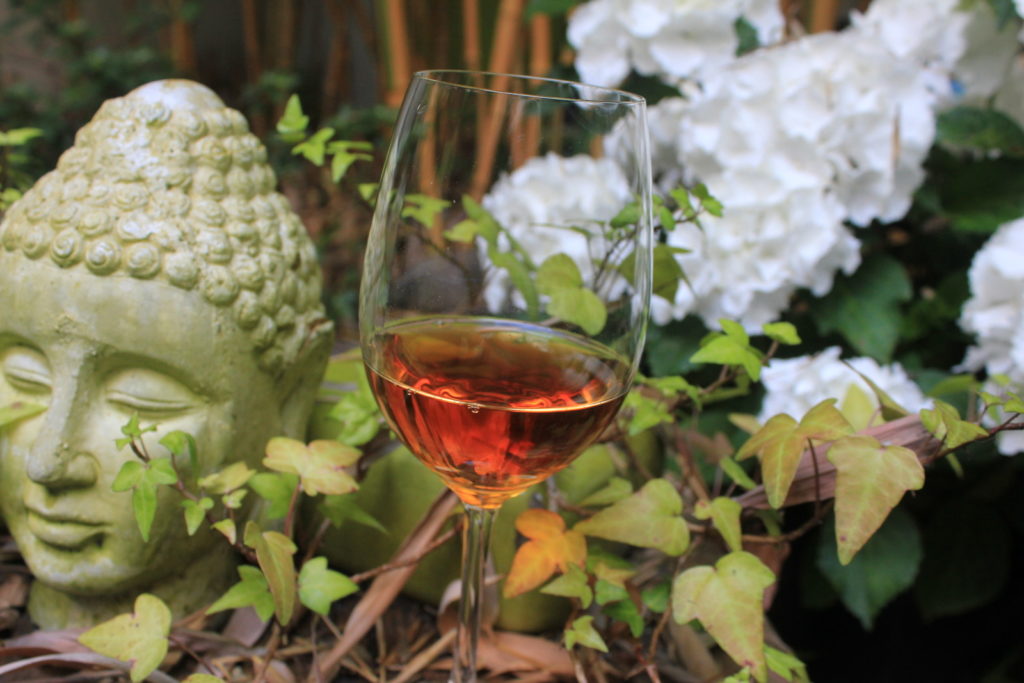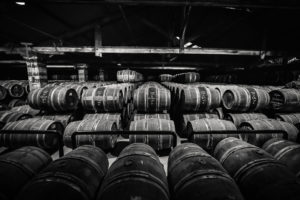The Mead is known to be one of the first fermented beverages ever drunk by men ! Mythology and imaginary surrounds it. This divine drink made from fermented honey and water, dates back to 7000 BC. We have found concrete evidence but also writtens by Aristote in 350 BC ! In parallel, in the north, the Valkyries have bequeathed us the words “Honeymoon” !
‘The first marriage is like honey; the second is a cup of wine; and the third a cup of poison’ Serbian Proverb

Two elements are important in the creation of Mead : honey and water.
The quality of honey is very important : the color and intensity of taste will be crucial for the drinking. Clear honey is often prefered to get clear mead. Moreover, honey with an unpronounced taste as acacia, rapeseed or sunflower honeys is also searched. Of course, it’s possible to use all types of honey. But more the honey is darker, more the drink will be tasty and dark. This can be very interesting with chestnut, rosemary, pine of the Vosges (France), lavender, orange blossom, lychee (Réunion Island), Manuka (New Zealand) honeys… I want to taste it so bad !!
The amount of honey to ferment depends on the type of mead that is desired : dry (0 to 10 g / L of residual sugar), mid-dry, sweet or really sweet (40 to 60g / L of residual sugar).
For 1% of alcohol we need 17g/L of sugar. 70% of the honey is fermentable, so it therefore requires approximately 24.5 g / L of honey to get 1% of alcohol. Here is a quick calculation : how much honey to we need to produce 1L of Mead ? The answer is : 2.94 Kg of honey for 1L of dry mead at 12% of alcohol for example.
The other essential element is water. It must be pure and non-chlorinated : ideally a water source. So we have to be very careful about its composition because if it’s polluted, Mead will also be. In terms of quantity, the tank should be half filled with water, then we add the honey and finaly we full with water. But we have to make sure that the tank is not filled to the brim as the fermentation will cause the creation of foam and gas.
To facilitate this fermentation, exogenous yeast (Saccharomyces) are added. Snags and foster salts are added for yeast because honey does not contain them like grapes and apples which are fill of them. The fermentation is stopped with sulfites. Then Mead will spend a little time in oak or chestnut barrels to gain expected flavors, add color and also acquire tannins necessary for the conservation. Clear Meads spend little or no time in oak barrels in order not to alter their subtle tastes.
To enjoy this drink, it must be drank cool (8-12 °), as an aperitif or after dinner with cheese (goat) and desserts. It’s also common today to mix Mead to make cocktails and kir.

Now that you know more about this sweet honey-based drink, you must also be aware of the mythology that surrounds it. I have already mentioned that Mead is surely one of the oldest alcoholic beverages known. Honey has a real place in Egyptian, Greek, Celtic and Viking societies…
In Egypt, white honey is reserved for upper castes of society while yellow honey is available to the common man. Honey is used as an offering to the Gods. The dead bodies were also anointed with this gold liquid. It was also used as a drug for the stomach or to treat wounds.
Hindus are reporting Mead in Vedas books dating of 4000 years. The Gods Indra and Krishna were born of this nectar from the hive. The Mead would also be a source of Vishnu’s paradise.
The Bible speaks of Palestine as “the land of milk and honey.”
Honey has an important place as an offering in many religions. Egypt, India therefore also in Greece where honey cakes are offered to honor the Gods and the dead heroes.
In Greek mythology, the Goddess of youth, Hera, offers honey to other Gods so they do not age. This is why the death offers honey cakes to Pluto, God of the underworld, to make it healthy. The Greek authors report the use of honey during meals and also mixed with wine or as an ointment. The Mead is the drink of the Gods making them immortal and also the beveradge of heroes. According to legend, this drink would be a dew which fell from the sky and in which the bees drank. Then they offer a drink for men, considered as Ambrosia of Olympus. The Mead is also a magic drink with the sacred virtues : the Pythia of Delphi drank mead with toxic plants so it was possible to make her oracles in the name of Apollo.
The Romans worships the bees and honey. Romans embalmed their deads with honey and also of course the Gods were entitled with the offerings based of juice bees. Always present in medicine, honey is used extensively. Yet it’s the wine that is consumed in quantity : Bacchus is an invincible deity. The Roman Empire extending to southern Europe, then the wine will supplant Mead gradually. Celtics consume Mead and ale. Wine will make it with the colonization of the Romans. According to the Celts, Mead flows like a river in paradise.
In contrast, Northern Europe with its cold climate is not ideal for vine. Mead remains a beverage of choice synonymous with knowledge and immortality. In Scandinavian and Germanic countries, Mead is the drink of warriors who fell in battle. They go in the afterlife in Valhalla Palace where the God of War and Knowledge, Wotan, reigns. Warriors are welcomed by the Valkyries. They train during the day for fighting against demons and during the night they get drunk by Mead feasting.
Yet little by little, this central place of honey in societies will disappear. It’s used today primarily for its sweetness or restore appetite for the elderly. There is always, as in french Britain with the Chouchen, irreducible drinkers of Mead !
It’s now time for a tasting of Chouchen ! Let’s focus Honey Honey!
–Chouchen, Britain Mead, Chamillard, Gilles Barbé
The color looks great on dark orange, almost amber. Clear and bright in the glass, the smell of mead emerges strongly. It’s a fermented odor, a mixture of beer and cider. At the bottom of the nose it’s a classic yellow honey which appears and it’s quite powerful. The palate is tart and very sweet. The whole beverage is very strong with this fermented side : honey, very ripe apple, yellow pollen. The freshness of the bottle in the fridge fades and gives way to a heavy alcohol. It’s more powerful than heavy but ultimately this is not a refined drink. The finish is long with pollen and yellow honey tastes.
I drank mead with nothing to really grasp its sense. Obviously it would be delicious with melon or as a gourmet blew me : a honey lemon crepe !
And you, when will you taste this beverage ? Hurry because the industrious bees which give us the essence of this sweet nectar are increasingly threatened…



